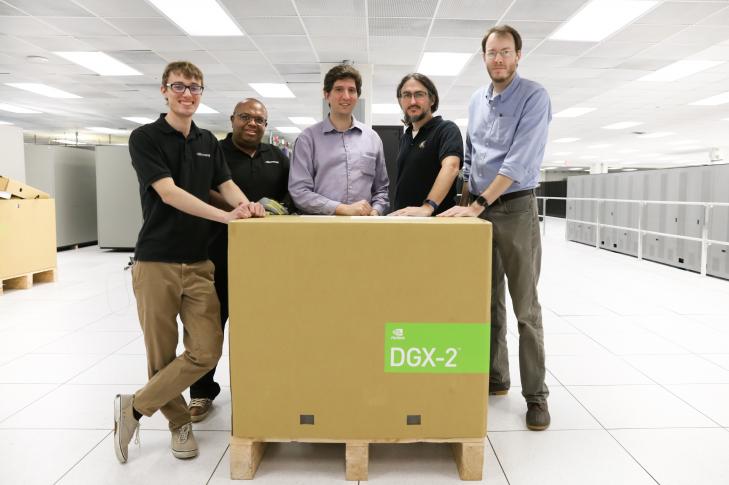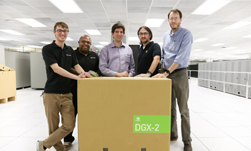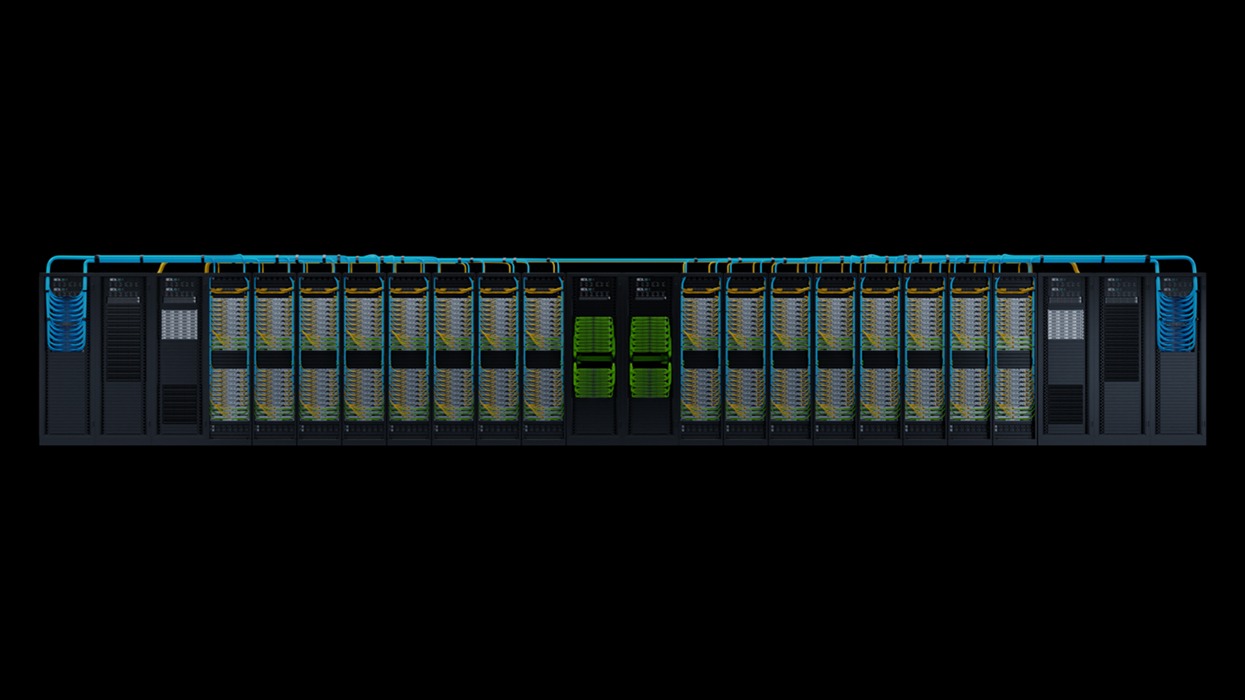The U.S. Department of Energy’s Oak Ridge National Laboratory (ORNL), home to the world’s fastest supercomputer, just installed two NVIDIA DGX-2 systems for use in machine learning tasks.
“[The] powerful GPU-accelerated appliances will provide ORNL researchers with enhanced opportunities to conduct science—machine learning and data-intensive workloads,” the ORNL team wrote in a blog post.
Last year, the laboratory installed Summit, the world’s fastest supercomputer, which is equipped with 27,648 NVIDIA Tensor Core V100 GPUs.
The new machines will help ORNL researchers test their projects before running them on the 200 petaflop Summit supercomputer.
“As Summit enters production, these DGX-2 systems supply ORNL with exploratory multipurpose computing resources,” said CADES director Arjun Shankar. “Early results suggest the [NVIDIA] DGX-2s will provide novel opportunities in data analysis, machine learning, and modeling and simulation that support the AI-driven transformation that is changing how science is conducted.”
The NVIDIA DGX-2 is equipped with 16 interconnected NVIDIA Tensor Core V100 GPUs.

In today’s blog post, the ORNL team describes how a staff scientist at the organization trained and optimized reinforcement learning algorithms on the new machines for cancer research. By running the algorithms on the NVIDIA DGX-2 systems, the team was able to develop software at a fraction of the time it would have taken on another system.
“We couldn’t have done this without a DGX-2 because the problem space that we were exploring was so large and sample inefficient,” said Arvind Ramanathan, a staff scientist in ORNL’s computer science and engineering division. “Because these GPUs can essentially be used in a unified way, we can do things that are much more difficult to do on other systems, especially in terms of moving data and doing analysis.”
Read more>
Oak Ridge National Laboratory Installs Two NVIDIA DGX-2 Systems
Jan 30, 2019
Discuss (0)










